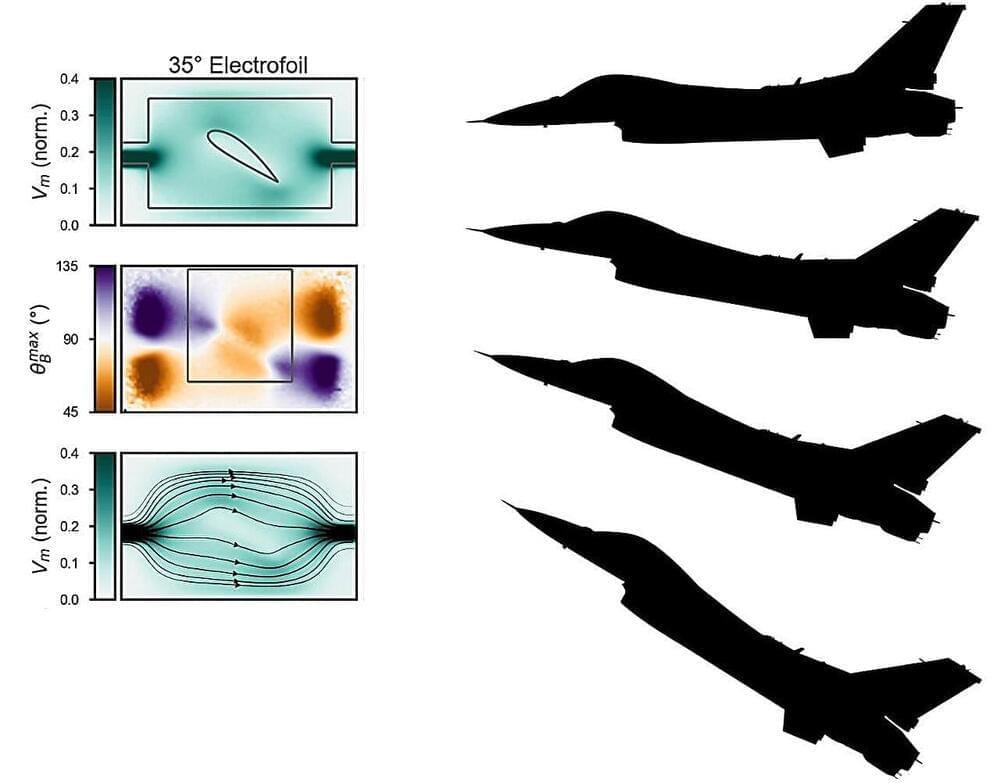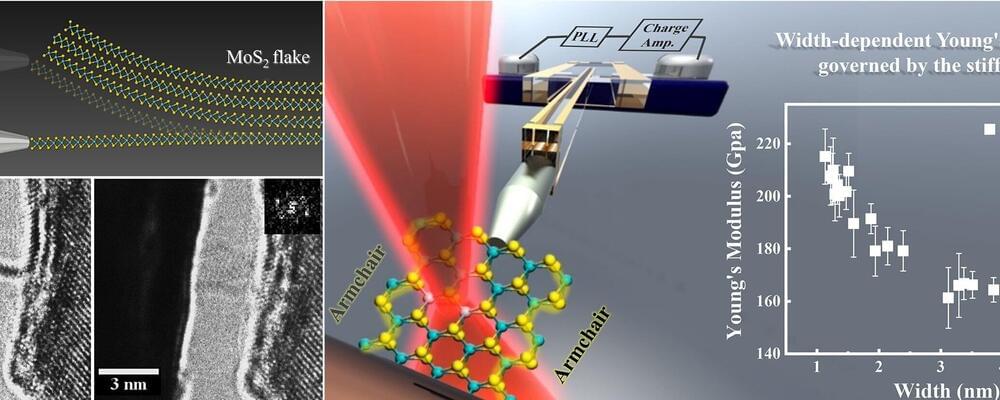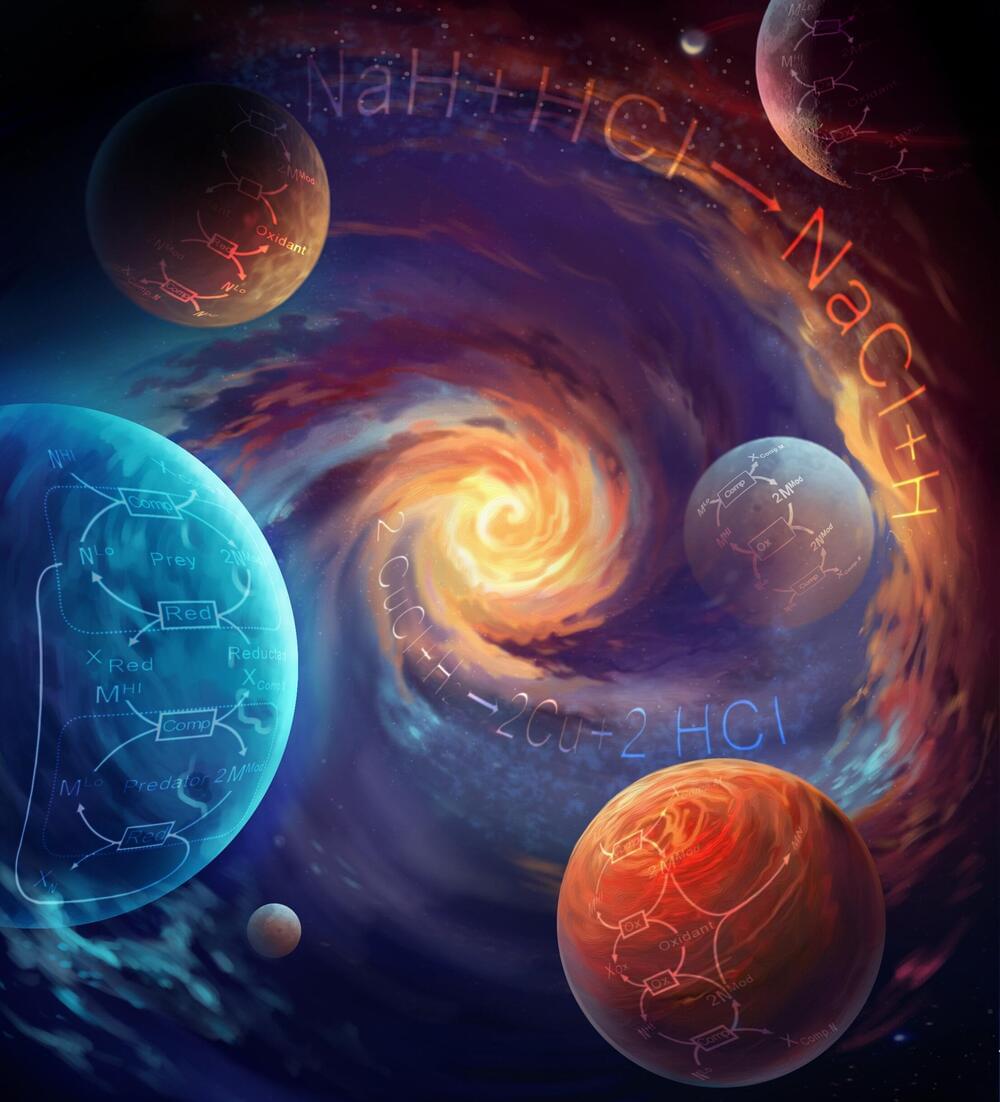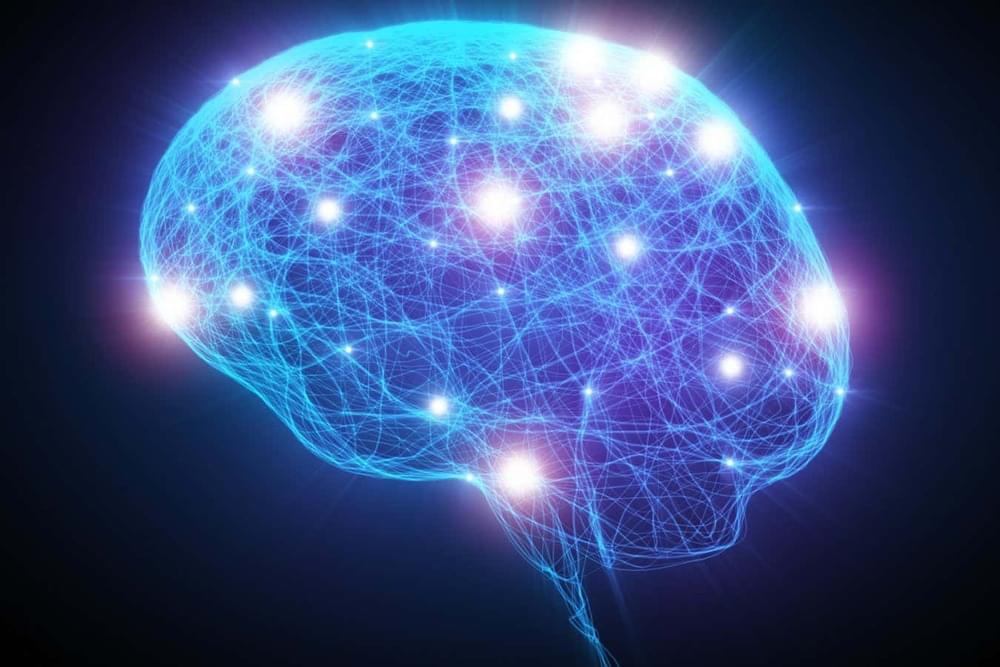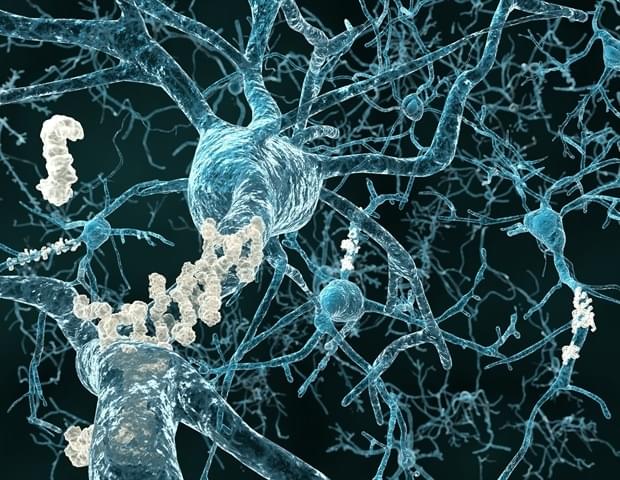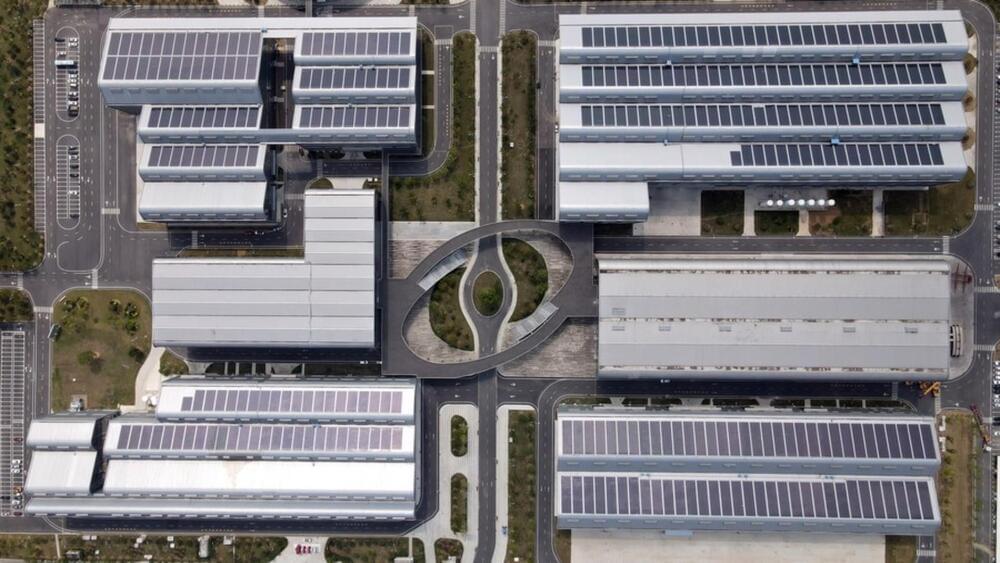Sep 19, 2023
Visualizing electron flow motivates new nanoscale devices inspired by airplane wings
Posted by Dan Breeden in categories: nanotechnology, transportation
A study showing how electrons flow around sharp bends, such as those found in integrated circuits, has the potential to improve how these circuits, commonly used in electronic and optoelectronic devices, are designed.
It has been known theoretically for about 80 years that when electrons travel around bends, they tend to heat up because their flow lines get squished locally. Until now, however, no one had measured the heat, for which imaging the flow lines is first needed.
The research team, led by Nathaniel M. Gabor at the University of California, Riverside, imaged streamlines of electric current by designing an “electrofoil,” a new type of device that allows for the contortion, compression, and expansion of streamlines of electric currents in the same way airplane wings contort, compress, and expand the flow of air.
